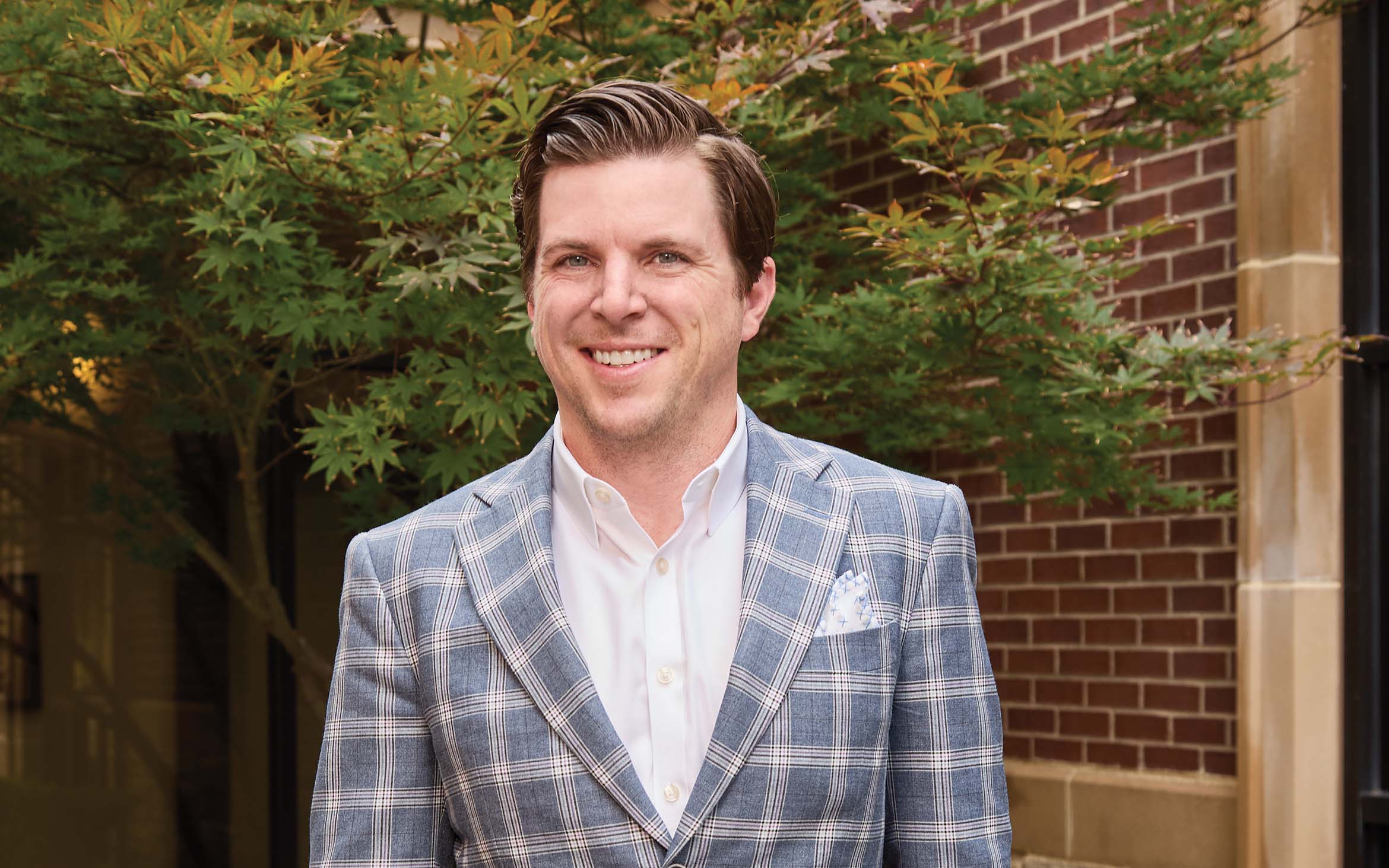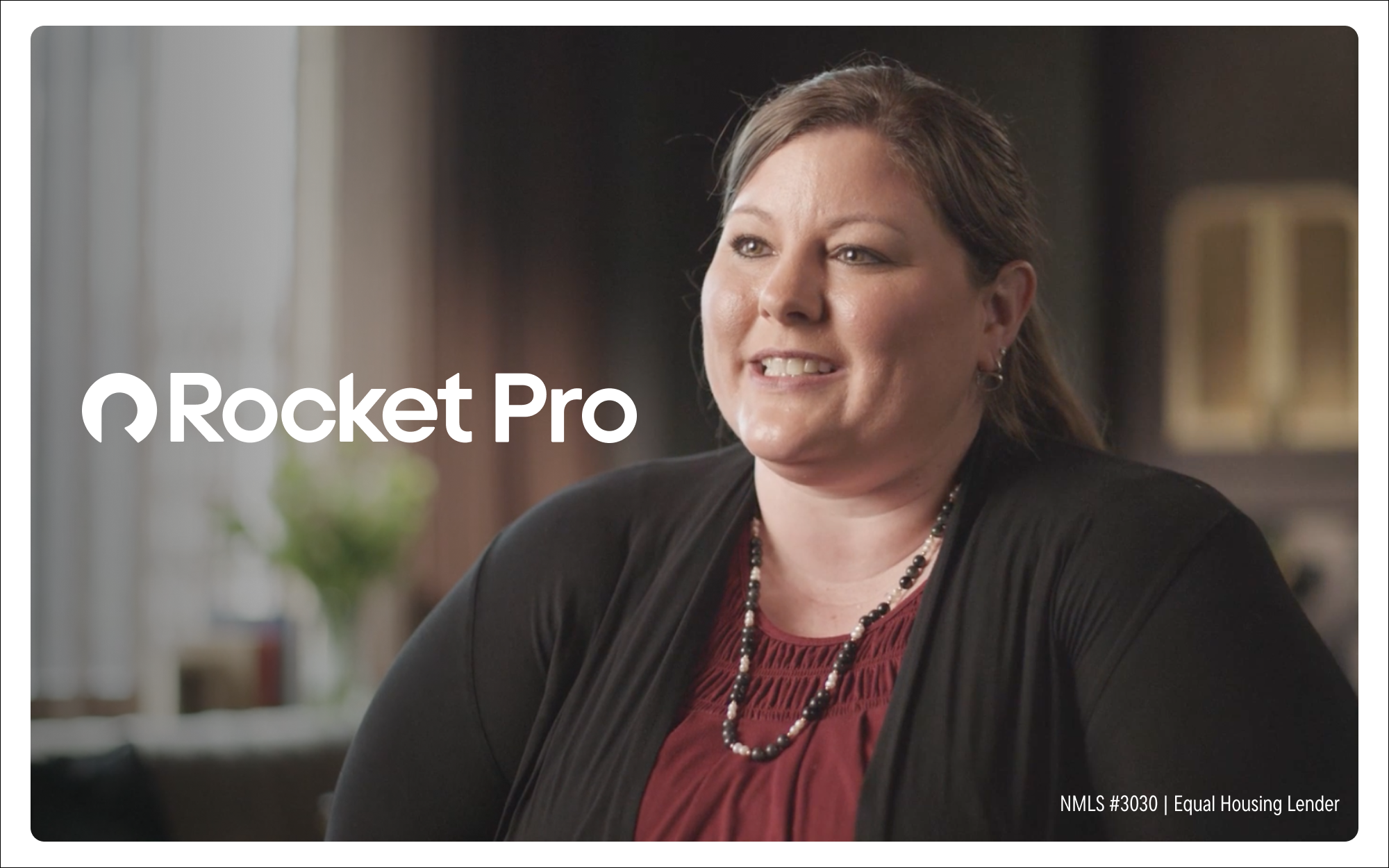Native American customers living on tribal lands have historically been redlined and ignored by the mainstream financial system. Native-owned community banks have been there to serve these communities by providing critical access to banking services and credit.
Overcoming banking hurdles for Native American customers
October 01, 2021 / By Beth Mattson-Teig
Native American customers living on tribal lands have historically been redlined and ignored by the mainstream financial system. Native-owned community banks have been there to serve these communities by providing critical access to banking services and credit.
At a Glance: Banking Indian Country
18
minority depository institutions (MDIs) are Native-owned1
16.3%
of Native American and Native Alaskan households are unbanked2
12.2 miles
The average distance between the center of a Native American reservation and a bank, nearly 20 times
the average distance in rural areas3
573
sovereign tribal nations are recognized by the federal government4
Source: 1) Q1 2021 FDIC data 2) 2019 FDIC survey
3) 2017 Native Nations Institute data review, 2021 St. Louis Federal Reserve Bank report 4) National Congress of American Indians
Located on the Flathead Indian Reservation, Eagle Bank knows that serving indigenous customers means tackling barriers to banking services. Tribal reservations are often credit deserts, with less access to traditional banking services.
“We take our mandate to help the underbanked and unbanked very seriously,” says Andrew West, president and CEO of $100 million-asset Eagle Bank in Polson, Mont. Eagle Bank is owned by the Confederated Salish and Kootenai Tribes on behalf of their 8,000 members. Its customers include both Native American and non-Native customers living and working on and around the 1.3 million-acre reservation in western Montana.
Native Americans are the country’s most underbanked group, which often means they do not have a traditional banking relationship and are more vulnerable to predatory financial services. In fact, roughly 1 in 6 Native American and Native Alaskan households are unbanked, according to the FDIC.
Over the years, Eagle Bank has taken action to make it easier for unbanked people to open accounts, obtain loans and cash checks. For example, the bank has removed check-cashing fees for non-accountholders and offers a small-dollar loan program. It also lowered consumer loan interest rates in early 2020 to make credit more accessible.
Native American Bank in Denver is also dedicated to the mission of bringing financial services to tribal corporations, Native-owned businesses and Native consumers across the country. The $170 million-asset community bank’s lending to these customers spans a variety of different projects, ranging from financing a commercial fishing vessel in Alaska to construction loans for a hotel next to a tribal casino. It also provides loans for housing, healthcare facilities and infrastructure projects on tribal lands.
“From our perspective, the biggest impact we can have is by helping to diversify economies, which we do by lending on larger-scale projects that generate jobs,” says president and CEO Thomas Ogaard.
Overcoming barriers to banking
Native tribes and individuals face unique challenges when it comes to accessing banking products and services. One issue is simply access, particularly for Native Americans living in rural areas. According to the Native American Financial Services Association, only about 30 Native-owned banks and other financial institutions serve the country’s Native American communities.
Some banks are wary of the complexities related to lending on tribal land. According to the Bureau of Indian Affairs (BIA), 574 federally recognized tribes and approximately 56.2 million acres of tribal land are held in trust by the U.S. government for the benefit of a particular tribe or individual Native American. Some reservations consist entirely of tribal land, while others have a checkerboard mix of tribal land and fee simple land that can be bought and sold.
Land held in trust for a tribe cannot be mortgaged, and land held in trust for an individual must receive approval from the BIA before a lien is placed on the property. Without the ability to mortgage and foreclose on a home or place a lien on individual trust property, lenders aren’t willing to make home loans to individual Native Americans for the purchase, construction or rehab of an existing home.
Lending nuances
However, there are ways to make these loans, such as with government-backed guarantee programs, but there are more nuances to lending on a reservation. Community banks must work with tribal laws and codes to lend in a particular tribal community. Tribal reservations are sovereign entities that function much like a separate state. Some reservations can be right next door to one another and still have completely different laws and codes.
“There is not necessarily uniformity in those laws and codes,” Ogaard says. “So, understanding how to navigate those is important.”
Community bankers also need to understand how those laws and codes affect underwriting and risk.
For example, if a bank makes a car loan to a Native American customer who lives on tribal land and that customer defaults on the loan, it can be a more complicated process to recoup the collateral. If a bank wants to repossess the car, tribal law may require that the bank go before tribal court to obtain permission. In that situation, it could take weeks or months to secure the collateral.
In some cases, it’s a question of whether the risk is worth it, Ogaard says. “The time and resources it takes to go through that process is not inconsequential, and it has a cost to it,” he adds.
Building a financial bridge
Community banks are taking aim at financial literacy to level the playing field and help put unbanked and underbanked Native Americans on a path to success.
“A number of these reservations are still cash cultures and, consequently, there may be some hesitation or even distrust in the utilization of financial services,” says Thomas Ogaard, president and CEO of Native American Bank in Denver.
On Native American Bank’s website, its Finance 101 page teaches customers about topics like building financing capability, owning a home and preparing for retirement. Its website also includes introductory information on what customers need to do to open a checking account or apply for a car loan.
“I think there is a little bit of distrust among the Native populations with banks in general,” says Andrew West, president and CEO of Eagle Bank in Polson, Mont. He notes that part of helping to better serve that population is working to promote financial literacy while building strong relationships.
Eagle Bank’s staff members volunteer their time as instructors in the FDIC Money Smart financial education program. Weekly classes include Your Spending & Savings Plan, Credit Reports & Scores, Borrowing Basics and Managing Debt. The community bank also participates in monthly first-time homebuyer classes held at tribal housing in conjunction with the Salish & Kootenai Housing Authority.
Reaching Native customers
Although community bankers are ever mindful of fair lending laws, both Native-owned and non-Native community banks are finding ways to make financial products and services more accessible to Native American communities. For example, Lumbee Guaranty Bank was established in 1971 as the country’s first Native American-owned bank. Although it’s not owned by the tribe, a majority of its approximately 1,700 shareholders are members of the Lumbee tribe.
Today, the $450 million-asset community bank has 14 locations in North Carolina’s Robeson, Hoke and Cumberland counties. Along with that growth has come a focus on inclusion and serving a diverse customer base that includes both Native and non-Native customers. Its relationship with the Lumbee tribe continues. About half of the Paycheck Protection Program (PPP) loans the community bank made during the pandemic were to Native American business owners. Overall, it originated about 550 PPP loans totaling about $31 million.
There’s a number of issues for Native Americans historically when it comes to opening a bank account, including high poverty rates and systemic racism, according to the National Indian Council on Aging, Inc.
First National Bank & Trust (FNB), owned by the Citizen Potawatomi Nation, is creating products that meet the needs of Native Americans. A big part of serving the unbanked and underbanked Native population is creating relationships and building trust, says Bryan Cain, president and CEO of the $700 million-asset bank in Shawnee, Okla.
FNB does that through various community outreach programs. For example, it is working on a new initiative that will include a micro lending program and a financial literacy component that it hopes to roll out by the end of the year.
The micro lending program is aimed at providing loans of less than $5,000 to seed new businesses, and the educational tools help those businesses increase their financial knowledge and achieve more success.
“Small business loans sometimes fall through the cracks,” Cain says. “We’re hoping to help incubate and grow those businesses in the communities that we serve by providing the micro loan piece.”
West says there is strong demand for small-dollar loans among unbanked and underbanked Native Americans. Larger banks typically have minimum loan sizes of $2,000 to $3,000. Some banks are reluctant to make those small-dollar loans, because the work put into a $1,000 loan is the same as for a $10,000 loan. Eagle Bank doesn’t have minimum loan amounts and makes loans as small as $500 in some cases. That type of lending often requires looking beyond just a credit score to understand the unique situation and finances of an individual, West adds.
In the first quarter of the year, 37% of Eagle Bank’s consumer loans were done with policy exceptions, and it also has approved 81% of consumer loan applications over the past nine quarters. The community bank often finds mitigating factors that make risk more acceptable, allowing it to build strong relationships with its borrowers, which make them feel more obliged to repay those loans.
“What that tells you is that we are making loans to people who would otherwise not get loans,” West says.
Using loan guarantee programs
To serve Native customers, community banks can use government loan guarantee programs through the Department of Housing and Urban Development (HUD), Small Business Administration (SBA) and other agencies.
“Having [the Section 184] loan guarantee in place is a big incentive for lenders to be able to loan money to tribes and tribal members.”
—Kyle R. Chavis, Lumbee Guaranty Bank
One of the most in-demand products for individuals is the Section 184 Loan Guarantee Program. Created by the Housing and Community Development Act of 1992 to address the lack of mortgage lending in Indian Country, this loan program offers a 100% government loan guarantee.
“Having that guarantee in place is a big incentive for lenders to be able to loan money to tribes and tribal members,” says Kyle R. Chavis, CEO of Lumbee Guaranty Bank.

In 2020, Lumbee Guaranty Bank closed 16 Section 184 loans totaling nearly $2.6 million. It has used HUD’s Tribal Housing Activities Loan Guarantee Program (Title VI) to provide financing to the Lumbee Tribe. Title VI is a public investment tool that HUD offers to federally recognized tribes and Tribally Designated Housing Entities to provide an additional source of financing for affordable tribal housing activities.
For example, the community bank provided a $6 million loan to the tribe to finance three separate housing developments that will create about 50 new homes for eligible homebuyers. “That will provide much needed housing for Native families in our communities,” Chavis says. The program also aims to construct community facilities and acquire land to be used for housing.
In-house talent
One of the challenges for such programs is that they often require in-house expertise to efficiently process. In Guthrie, Okla., $620 million-asset F&M Bank isn’t owned by a tribe, but it does have a loan officer who is well-versed in Section 184 loans.
“There are lots of Native Americans who live and work in and around Oklahoma City, and we serve a pretty diverse clientele in our locations.”
—Barry Anderson, F&M Bank
“There are lots of Native Americans who live and work in and around Oklahoma City, and we serve a pretty diverse clientele in our locations,” says Barry Anderson, president and chief operations officer and a member of ICBA’s Minority Bank Advisory Council.

Oklahoma is home to more than three dozen different tribes. In 2020, the community bank originated about $225 million in government-guaranteed loans across all agencies. The 184 HUD loans represented about $5 million, or 2% of that total volume. “Any lender can do those loans, but it does help to have a little expertise, because they are very complex and time consuming,” West says.
Ogaard sees opportunities to collaborate with other community banks to boost the financial well-being of indigenous communities. Some projects require a sizable investment, which creates an opportunity to partner with other community banks to provide the necessary capital. In some cases, Native American Bank can step in and provide expertise while allowing the local bank to maintain its relationship with the tribe.
“Our mission is to grow Indian Country, whether we do that ourselves or partner with our Native-owned banks or non-Native-owned banks,” Ogaard says. “That collaboration on a go-forward basis can bring even more economic diversity and sustainability to Indian Country.”
Explainer: Section 184
What is it?
The Section 184 Loan Guarantee Program offers a 100% loan guarantee. It was created by the Housing and Community Development Act of 1992 to address the lack of mortgage lending in Indian Country.
How does it work?
Loans to eligible borrowers are guaranteed by the Office of Loan Guarantee within the Department of Housing and Urban Development’s Office of Native American Programs. The guarantee assures the lender that its investment will be repaid in the event of a foreclosure. Loans less than $50,000 require a 1.25% down payment, loans more than $50,000 require a 2.25% down payment, and the borrower pays a 1.5% loan guarantee fee at closing that is typically financed in the mortgage.
To qualify, the customer has to be an enrolled member of a federally recognized tribe.
Who can provide 184 loans?
Loans need to be originated and serviced by lenders that have completed Section 184 training and have met program requirements. To become a Section 184 lender, community banks need to submit a lender application form to HUD for approval.
Where can loans be made?
They can be used in 38 states for Native Americans or Alaska Natives who are enrolled members of a federally recognized Tribe, Alaska Village or Regional Corporation.

Subscribe now
Sign up for the Independent Banker newsletter to receive twice-monthly emails about new issues and must-read content you might have missed.
Sponsored Content
Featured Webinars
Join ICBA Community
Interested in discussing this and other topics? Network with and learn from your peers with the app designed for community bankers.
Subscribe Today
Sign up for Independent Banker eNews to receive twice-monthly emails that alert you when a new issue drops and highlight must-read content you might have missed.
News Watch Today

Join the Conversation with ICBA Community
ICBA Community is an online platform led by community bankers to foster connections, collaborations, and discussions on industry news, best practices, and regulations, while promoting networking, mentorship, and member feedback to guide future initiatives.













